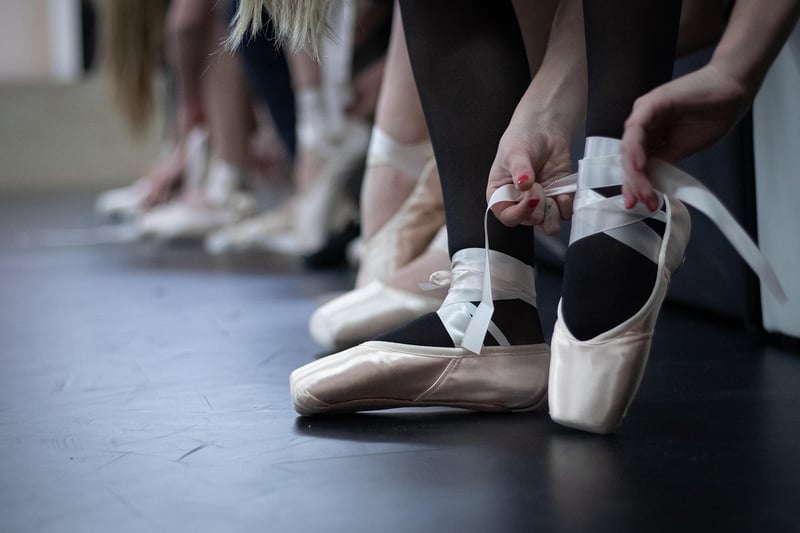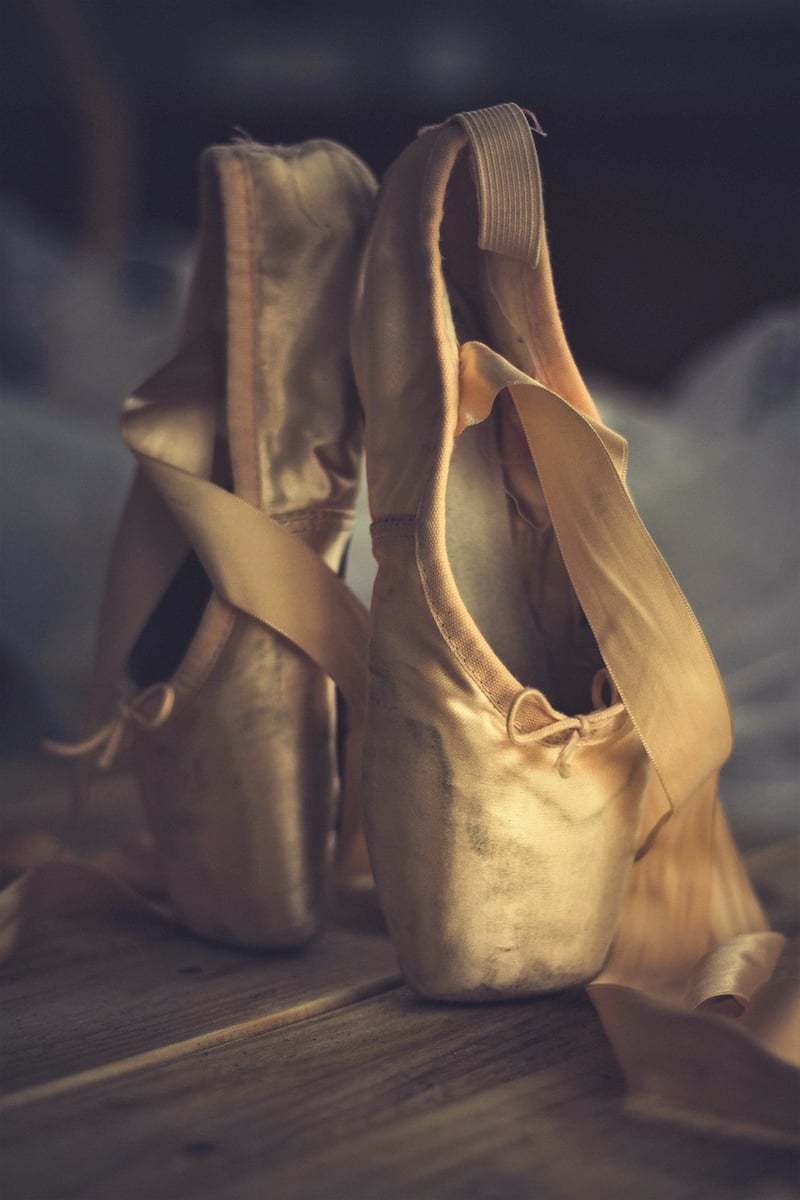Ballet
Exploring the World of Expressive Movement Forms and Ballet

Expressive movement forms encompass a wide array of dance styles that convey emotions, stories, and artistic expressions through the movement of the human body. One such prominent form is Ballet, known for its grace, precision, and elegance.
The Art of Ballet
Ballet originated in the Italian Renaissance courts of the 15th century and later developed into a formalized art form in France and Russia. It is characterized by its intricate footwork, flowing movements, and storytelling through dance.
Key Elements of Ballet:
- Pointe work
- Turnout of the legs
- Graceful arm movements
- Emphasis on balance and technique
Through Ballet, dancers can express a range of emotions, from love and joy to sadness and despair, captivating audiences with their skill and artistry.
Expressive Movement Forms
Aside from Ballet, there are various other expressive movement forms that offer a unique blend of cultural influences, styles, and techniques. These forms include:
- Contemporary Dance
- Flamenco
- Modern Dance
- Hip Hop
- Bharatanatyam
Benefits of Engaging in Expressive Movement Forms:
- Improved flexibility and strength
- Enhanced coordination and balance
- Stress relief and emotional expression
- Boosted creativity and self-confidence
Whether you're a seasoned ballet dancer or exploring the world of expressive movement forms for the first time, these art forms offer a rich tapestry of movement, music, and emotion waiting to be explored.

